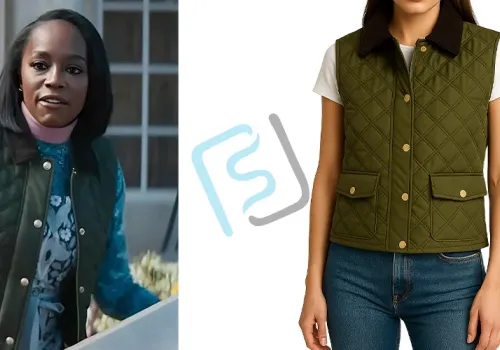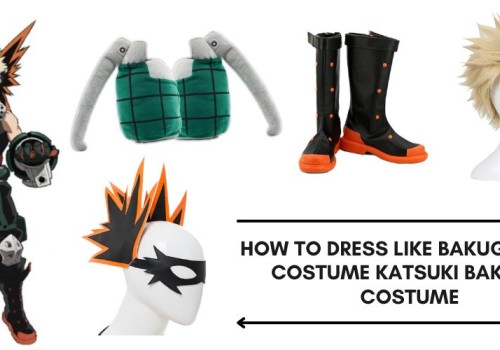0
6581
Olivia's Suede Trucker Jacket in SWAT: Fashion Meets Function in The Enemy Within.In Season 8, Episode 17 of the action-packed police drama SWAT, titled "The Enemy Within," viewers couldn't help but notice the striking suede trucker jacket worn by Ol..
0
5659
Catherine's Iconic Vest in Grosse Pointe Garden Society : A Personal Style JourneyWhen Catherine stepped onto screen in that unforgettable vest during Episode 8 of "Grosse Pointe Garden Society," I nearly spilled my tea. Like many viewers, I couldn't..
0
5084
Retro Reloaded: The Ultimate Shine of the Silver Atari JacketA Throwback With Shine: The Rise of the Silver Atari JacketNothing screams retro-cool louder than the iconic silver Atari jacket. A nostalgic throwback with futuristic vibes, this shiny sil..
1
8170
Dope Thief Style Watch: Bart Driscoll’s Blue Zip Hoodie from Episode 6Welcome to the World of Dope ThiefIf you’re into intense storylines, layered characters, and cinematic fashion Dope Thief delivers all that and more. This series mixes the dark ton..
0
5812
The View: April 2025 - Dress Like A Anthony Anderson’sA Stylish Entrance: Anthony Anderson on The View April 2025Anthony Anderson arrived on The View in April 2025 and the electricity flowed through the air. Having established himself in front of the..
0
5807
Dress Like A Chicago Fire - Chicago Fire CostumesChicago FireIf you are looking for some intense action and emotional plotlines in a show that features characters who feel like family, Chicago Fire is the drama series for you. The show was launched i..
0
6216
How To Dress Like Bakugo Hero Costume - Katsuki Bakugo Costume
One of the central heroes in the My Hero Academia anime series stands as Katsuki Bakugo. Katsuki Bakugo is in Class 1-A at U.A. High School With Bakugo Hero Costume. People recognize him..
Showing 1 to 7 of 7 (1 Pages)








